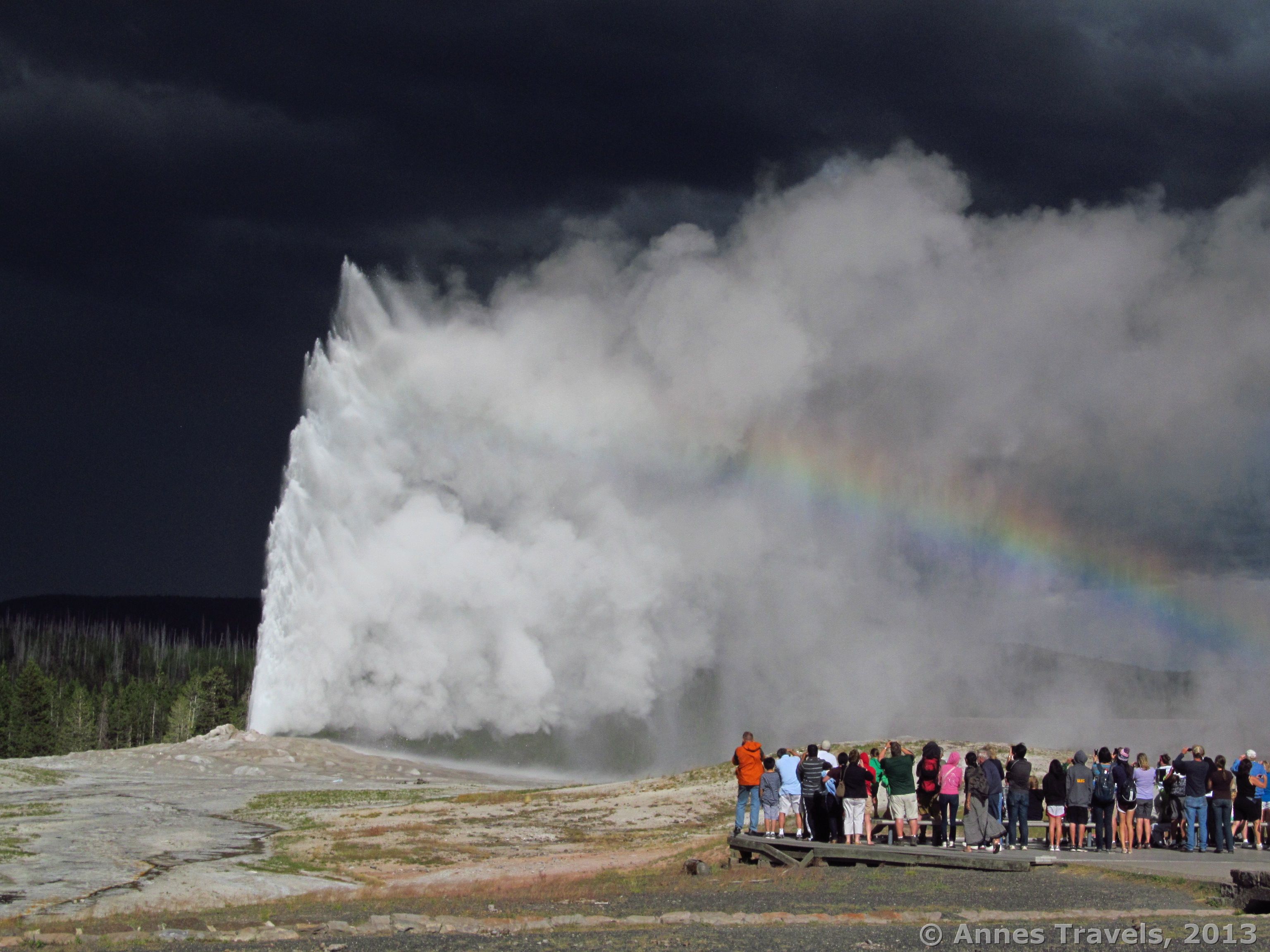
In this lesson, we’ll look at the types of cameras and how each type works. This will be useful later, when we’re trying to get the camera to take the best pictures possible. Note that while DSLRs and mirrorless cameras have more fancy options, most cameras, regardless of type, have a point-and-shoot mode (auto), so you don’t have to set all of the settings manually.
Before we jump into how a camera works, let’s discuss the types of cameras you might own and the pros and cons of each. There’s no right answer to what camera is “best” – just which type works best for you in your situation.